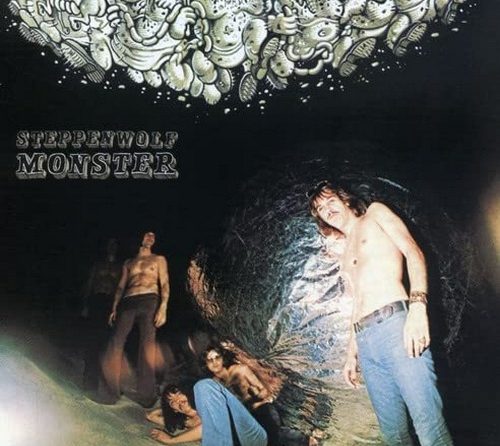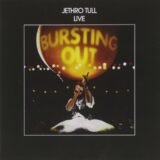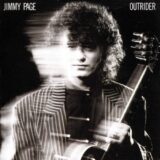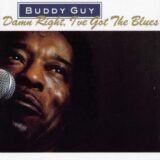5 Stars

Audio CD (paid link)
There had been twenty-nine years since Ian McDonald’s last solo release in 1970, a collaboration with drummer Michael Giles, and this solo album ‘Drivers Eyes’ (1999). Why the long wait between albums is the obvious question, and why has it taken Mott the Dog so long to review it? Well, the answer is that we have both been rather busy, although one obviously feels that Ian McDonald has probably spent the intervening years rather more fruitfully.
After five years in the army (Mott has never even been sent to obedience classes!), in 1968, Ian McDonald emerged with a natural musical rhythm and a fine sense of discipline. With great musical beliefs he sought out like-minded musicians and formed King Crimson with Robert Fripp on lead guitar, Greg Lake on bass and vocals, and Michael Giles on drums. Ian McDonald played saxophone, flute, backup vocals and keyboards, including the very new and incredibly unpredictable mellotron.

The band was an instant commercial and critical success. Their first rehearsal was in January of that year, their first paid gig at the London Speakeasy in April, they supported the Rolling Stones at their huge free concert at Hyde Park in July, and by Christmas had completed a sellout sixty date tour of the United Kingdom, and an eighteen date tour of the United States of America. Their debut album ‘In the Court of the Crimson King’ had reached the top five in the U.K. whilst going top thirty on the other side of the Atlantic. Even the mighty Beatles had not achieved success so quickly.
But on their return from the States just in time for Christmas, under a year since their first rehearsal, Mike Giles and Ian McDonald left the band fearing for their sanity and handed over the reins of King Crimson to Robert Fripp, who still keeps the King Crimson flag flying today even though they are on about line up twenty-five.
Ian McDonald and Mike Giles retired to the recording studio to record a more relaxed album, ‘McDonald, Giles,’ which quite honestly was not a commercial or critical success. Although listened to today, it stands up rather well.
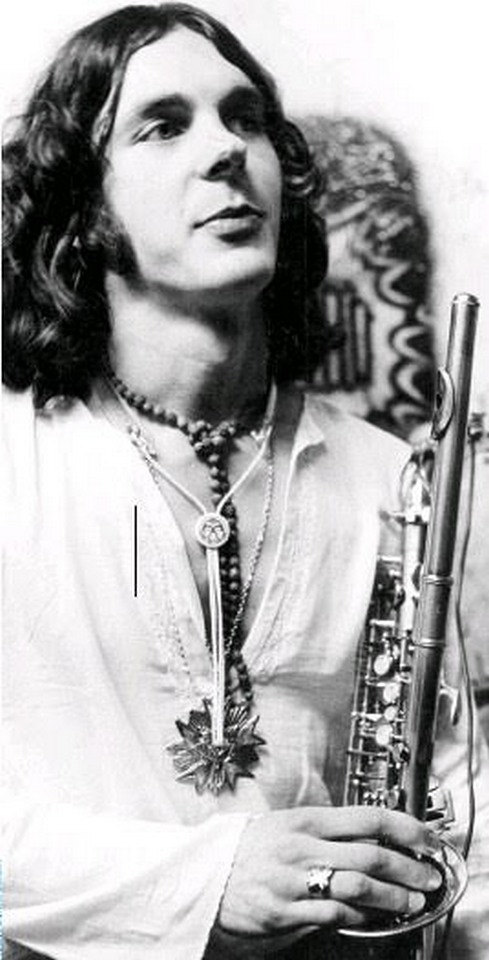
For the next six years, Ian McDonald made his living doing the odd bit of session work here and there (including playing on T. Rex’s ‘Get It On’). When David Cross left yet another version of King Crimson after playing as a session man on their album ‘Red’ (1974), he nearly re-joined King Crimson, but the band fell apart anyway, so nothing came of that.
He also whiled away part of his time ripping up cinema tickets as an usher down the local Odeon to put bread on the table.
Deciding that life possibly held more for him than ripping up pieces of cardboard, Ian McDonald packed his bags and set sail for America. There, it was not long before he teamed up with another ex-pat Brit in the shape of Mick Jones, ex-Spooky Tooth and The Leslie West Band. Deciding to form a band, they sought out the best and most like-minded Americans they could find and settled down in the rehearsal studios for a full year before venturing out so that when they did, they could hit the ground running. Included in the lineup were drummer Dennis Elliott and a young vocalist with an amazing range, Lou Gramm. They suitably named the band ‘Foreigner.’
In 1977 they released their self-titled debut album (produced by Ian McDonald) and toured America to packed out stadiums wherever they went. The album went top five, and the first two singles burst into the top ten. The next album, ‘Double Vision’ (1978), did even better, so they had to play in even bigger concert halls, and when ‘Head Games’ (1979) hit the charts, they could rightfully claim to be the biggest rock band in America. They meant absolutely nothing to the rest of the world and its neighboring planets, but hey! 30 million Americans can’t be wrong.
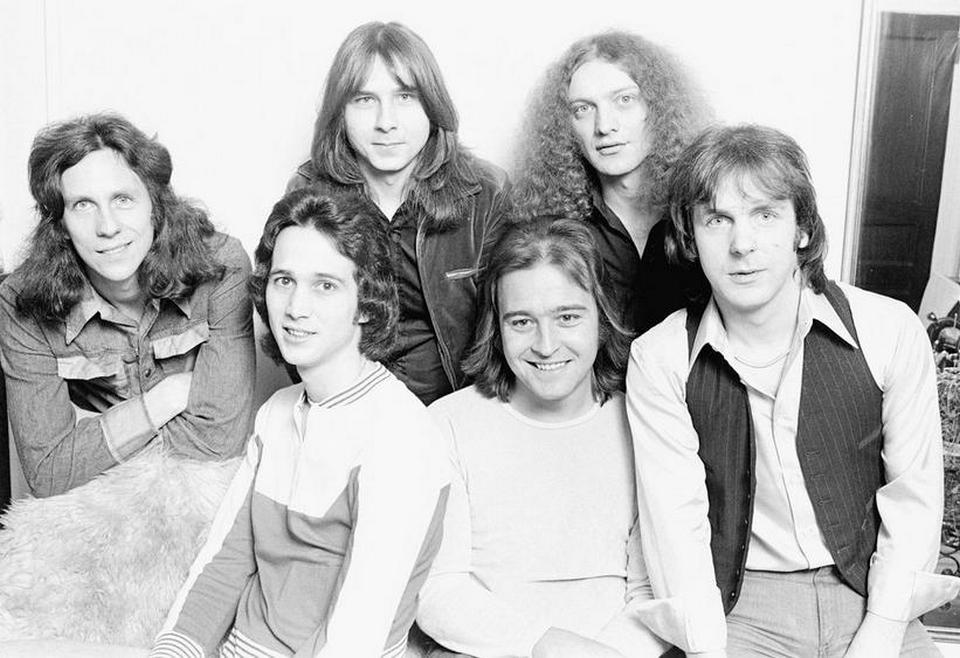
But after four years, three top-five albums, countless hit singles, being voted best new band by Billboard, Rolling Stone and every other magazine, doing all the production work on all the albums, writing half the songs, being able to play a much-improved mellotron from the awkward thing he was required to play on his first tour of America – in other words, with the world at his fingertips, Ian McDonald stunned the rock world by quitting the band. Although he did play as a session musician on their next album, the multi-platinum ‘4’.
So, for nearly two decades, Ian McDonald roamed the musical world, turning up on scores of albums as a session musician or finding new bands who he felt needed a hand and whilst giving them the benefit of his knowledge, would also produce their albums. Far too many to mention. Perhaps worthy of mention, the wonderful saxophone on T Rex’s break-out hit ‘Get It On’ was by Ian McDonald. But he would also make live appearances with the likes of John Wetton, just to keep his hand in.
Then in 1999, the creative juices could be held back no more and Ian McDonald stepped back into the studio. He brought with him the nucleus of a band, Steve Holley on drums, and Kenny Aaronson on bass, as only the best rhythm section would do for a musician of this caliber. Dan Coleman did all the string arrangements, and of course Ian McDonald either wrote or co-wrote all the songs himself, whilst playing an array of instruments from guitar, synthesizer, flute, saxophone, electric piano, percussion, clarinet, and basically anything else he could get his hands on to improve the sound.

The album is a collection of songs that make up a perfect modern rock album, driving music played with thought and inspiration. There are eleven songs in all, including four instrumentals and seven rock songs that would grace any album. ‘Overture’ opens the album perfectly, giving you the vision of what is to come. The other three instrumental titles speak for themselves: ‘Sax Fifth Avenue,’ ‘Hawaii’ and ‘Demimonde.’
The guest list of musicians that come into play on some tracks is a who’s who of the best of rock. On ‘You Are Part Of Me,’ John Waite (ex-Babys) steps up to do the lead vocal duties, whilst Michael Giles helps out on drums, G.E. Smith handles the guitar solo and Steve Hackett (ex-Genesis) is relegated to harmonica. John Wetton takes lead vocals on ‘Forever and Ever,’ and ‘Straight Back To You’ finally lets Steve Hackett have a go at a lead guitar solo whilst Lou Gramm puts his throat on the lead vocals.
Peter Frampton lays down a sizzling guitar solo on ‘If I Was’ whilst Ian Lloyd doubles up on lead vocals. The final track on the album is probably the jewel in the case. It is a collaboration between Ian Macdonald writing the music, and for the first time since 1969 on ‘In The Court Of The Crimson King,’ Peter Sinfield supplies the lyrics. Believe me, the old magic is still there. It is a remarkable track to finish the album, and who better to sing it than Gary Brooker of ‘Procul Harum.’
Strangely, the album was not a great success, although it is still available through www.amazon.com and is what they call a steady seller, still selling well after all these years. The artwork on the cover is also quite stunning.
Ian Macdonald passed away after a glorious career in music in February 2022.
Written by Mott the Dog in a state of awe on Pattaya’s Darkside.
Remember to visit and subscribe to Mott’s Facebook page: https://www.facebook.com/groups/1003417143122919/
Click here for Mott’s reviews and links of great music from the past
Mott’s reviews of new releases can be found by clicking here



